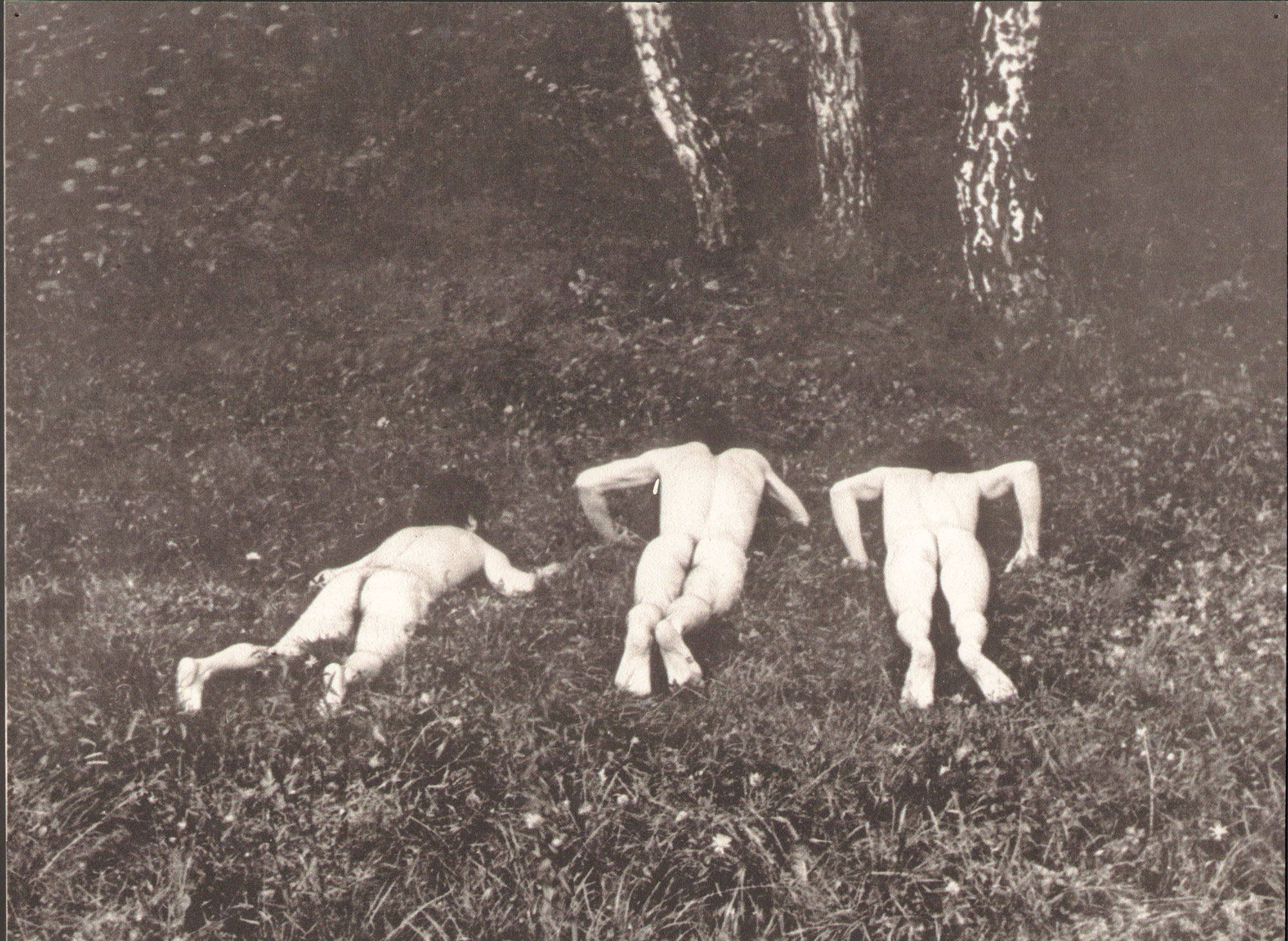The term “discovery of the people” belongs to Peter Burke, Popular Culture in Early Modern Europe (Harper and Row, 1978).
See, for example, Izmail Sreznevsky, “Testament of the Paisievski Sbornik Concerning the Pagan Superstitions of the Russian People,” Moskvityanin, no. 5 (1851): 52–64. See also Nikolai Galkovsky, The Struggle of Christianity Against the Remnants of Paganism in Ancient Rus (Kharkov, 1916). (In Russian)
Yevgeny Golubinsky, History of the Russian Church (Tip. Lissnera i Romana, 1880–1911). (In Russian)
The monastic or “black” clergy, hewing to the more rigorous transcendent principles, was drawn largely from the aristocracy, whereas the “white” or parish clergy was more secular, sharing many aspects of their parishioners’ belief systems.
Gleb Uspensky, Collected Works, vol. 5 (Goslitizdat, 1955–1957), 117. (In Russian)
Sergey Smirnov, The Old Russian Father Confessor (Sergiev Posad, 1899). (In Russian)
Sorokin had previously used the image of copulation with the earth in his novel The Norm, written in 1979 and published in 1983.
The earliest presumed source text of this nature is the Discourse of a Certain Lover of Christ and Zealot of the True Faith, dated by various scholars to a period between the eleventh and the fourteenth centuries. See also Sermon on the Plagues of God, attributed to Theodosius of Pechersk (eleventh century).
Among these were the Narodniki (Populists) movement. See also The General Assembly, a newspaper for Old Believers, published by Herzen, Ogarev, and Kelsiev as a supplement to their Kolokol in 1862–64; and Dawn, a newspaper for religious sectarians put out by the RSDLP in 1904. For further reading, see Nikolay Smirnov, “Shaman, Schismatic, Necromancer: Religious Libertarians in Russia,” e-flux journal, no. 107 (March 2020) →.
Boris Rybakov, Paganism of the Ancient Slavs (Nauka, 1981); Nikolai Nikolsky, Selected Works in the History of Religion (Mysl, 1974). (In Russian). Other studies, such as Boris Uspensky and Yuri Lotman, “The Role of Dual Models in Russian Cultural Dynamics,” in The Semiotics of Russian Culture, ed. J. M. Lotman and B. A. Uspenskij (University of Michigan, 1984), 3–35, affirmed that the mismatch in the rates of acceptance of new religious ideas among different social strata leads to social upheavals, albeit with more subtlety and equivocation.
Rybakov, Paganism of the Ancient Slavs, 517.
Cited in Alexey Kozyrev, Soloviev and the Gnostics (S.A. Savin pub., 2007), 109. (In Russian)
Cited in Alexander Glazkov, “Concerning the Religious Foundations of Soloviev’s Eschatology,” Soloviev Studies 27, no. 3 (2010): 62. (In Russian)
Pavel Florensky, The Pillar and Ground of the Truth (1914), 391. (In Russian)
Florensky, Pillar and Ground, 753, note for page 326.
Sergey Bulgakov, “Principal Problems of the Theory of Progress,” in From Marxism to Idealism (Common Cause Society pub, 1903), 149. (In Russian)
Compare with the Mercurial (Divine) and Luciferian (Antichrist) hermaphrodite in the early fifteenth-century Christian-alchemical treatise Book of the Holy Trinity.
“As readily as he drowns personal individuality in the ‘generic being’ in the name of ‘human emancipation,’ he also abolishes national consciousness, a people’s collective identity, that of his own people, no less.” Cited in Sergey Bulgakov, “Karl Marx as a Religious Type,” in Sergey Bulgakov, Collected Works, vol. 2 (Nauka, 1993), 262. (In Russian)
Sergey Bulgakov, Unfading Light, vol.1 (Isskustvo, 1999), 23.
Bulgakov, Unfading Light, 204.
Bulgakov, Unfading Light, 227.
Bulgakov, Unfading Light, 202.
Bulgakov, Unfading Light, 175.
Bulgakov, Unfading Light, 317.
Compare with Jesus’s words: “My kingdom is not of this world” (John 18:36). Subsequently, the Sophiologist Lev Karsavin would formulate the platform of the left-wing Eurasianists as a synthesis of Fedorov and Marx. For further reading, see Nikolay Smirnov, “Left-Wing Eurasianism and Postcolonial Theory,” e-flux journal, no. 97 (February 2019) →.
Nicholas Thorp, “Marxism as Political Gnosticism,” Epoch Journal, Spring 2018.
Cyril Smith, Karl Marx and the Future of the Human (Lexington Books, 2005).
Marx introduces the concept of “Selbstbetätigung” in his German Ideology, while some of its elements are described earlier in Capital without a specific term attached.
Translated from the Russian by Sergey Levchin
